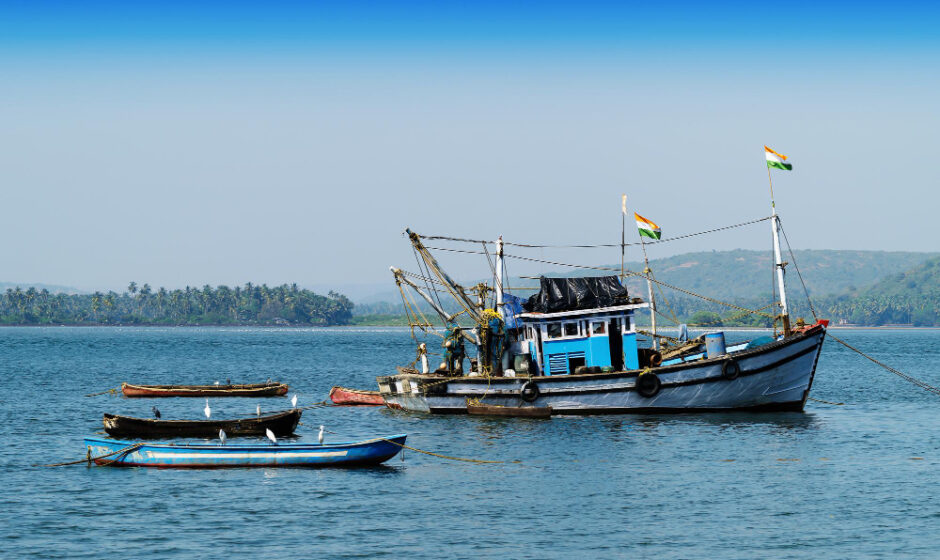The Indian seafood industry, which recently achieved a record $8 billion export in FY23, is now facing a slump due to a combination of factors, including tepid global demand for shrimp, falling prices, and excess shrimp stocks. This downturn has raised concerns among industry experts and exporters, who fear a prolonged slump in the near term.
Global Shrimp Market Pressures
The global shrimp market is currently experiencing an oversupply situation, with production outpacing demand. This has led to a decline in shrimp prices, impacting all major shrimp producers, including India. The Netherlands-based Rabobank forecasts a 14% increase in Ecuador’s shrimp output in 2023, while India, the second-largest shrimp producer, is expected to see a decline of 4.7% due to various factors such as disease, weather, feed costs, and falling prices.
Domestic Market Challenges
The Indian seafood industry is facing additional challenges in the domestic market. The slowdown in the US market, coupled with payment issues with Chinese importers, has further dampened demand for Indian shrimp. As a result, Indian shrimp production is expected to decline in the current year, with some experts predicting a drop from around 9 lakh tonnes to 6-7 lakh tonnes.
Industry Outlook and Recommendations
While the industry faces significant challenges, there are also some positive signs. The export of indigenous black tiger prawn is increasing, particularly to Japan, and more Indian farmers are shifting to tiger prawn cultivation. Additionally, the decline in broodstock imports for vannamei, an exotic shrimp variety, suggests that India’s shrimp output may be dropping, which could help stabilize prices in the long run.
To mitigate the current challenges and foster long-term growth, the Indian seafood industry needs to focus on several key areas:
- Market Diversification: Explore new markets and expand into emerging regions to reduce reliance on traditional markets like the US and China.
- Value-Added Products: Enhance the value of Indian seafood by focusing on value-added products, such as ready-to-eat meals and prepared shrimp products, which can command higher prices.
- Sustainability Practices: Adopt sustainable aquaculture practices and adhere to international standards to ensure the long-term viability of the industry and maintain market access.
- Government Support: Seek government support through policies that promote market access, encourage innovation, and provide financial assistance to shrimp farmers and exporters.
By addressing these challenges and implementing effective strategies, the Indian seafood industry can navigate this period of uncertainty and emerge stronger in the long run.

